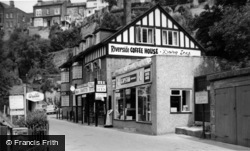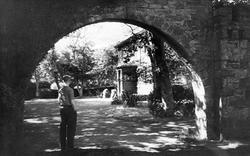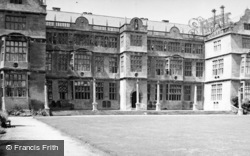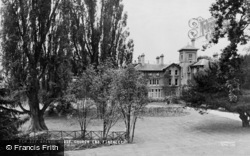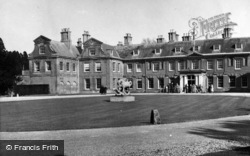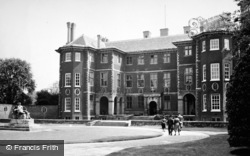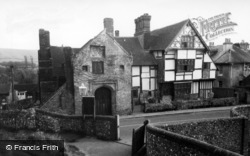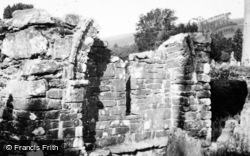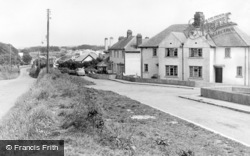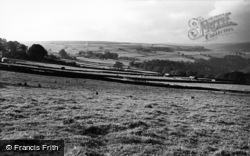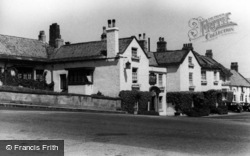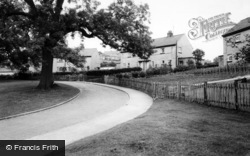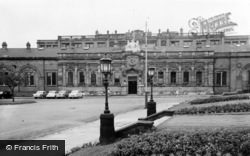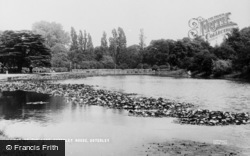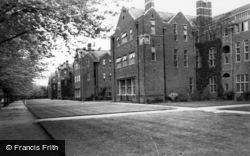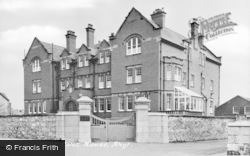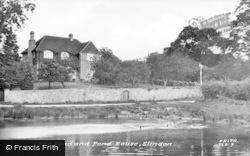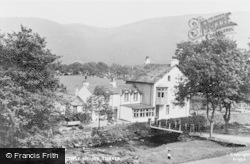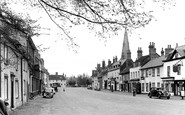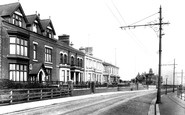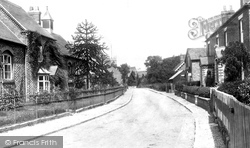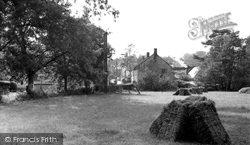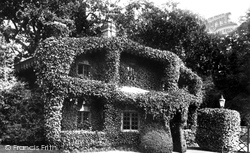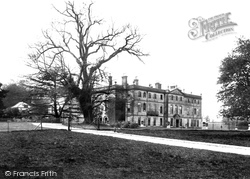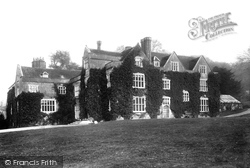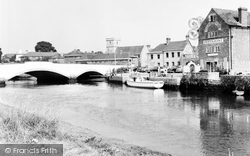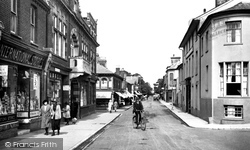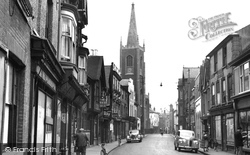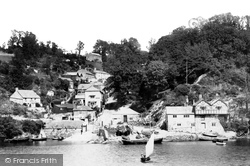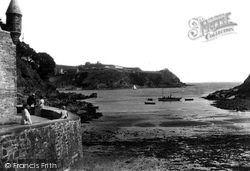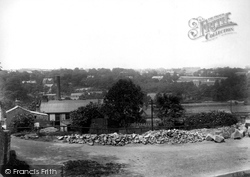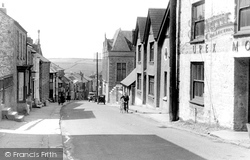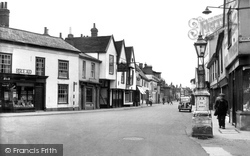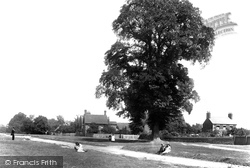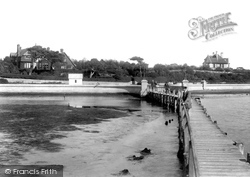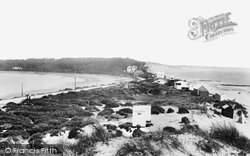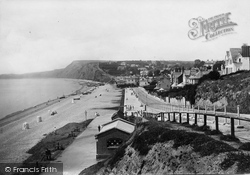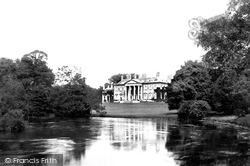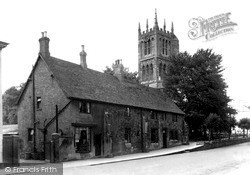Places
36 places found.
Those places high-lighted have photos. All locations may have maps, books and memories.
- Chatsworth House, Derbyshire
- Osborne House, Isle of Wight
- Brambletye House, Sussex
- Ickworth House, Suffolk
- Kingston Lacy House, Dorset
- Boscobel House, Shropshire
- Preshute House, Wiltshire
- Bolton Houses, Lancashire
- Brick Houses, Yorkshire
- Quaking Houses, Durham
- Water Houses, Yorkshire
- Bottom House, Staffordshire
- New House, Kent
- Mite Houses, Cumbria
- Lyneham House, Devon
- Church Houses, Yorkshire
- Dye House, Northumberland
- Spittal Houses, Yorkshire
- Street Houses, Yorkshire
- Tow House, Northumberland
- Halfway House, Shropshire
- Halfway Houses, Kent
- High Houses, Essex
- Flush House, Yorkshire
- White House, Suffolk
- Wood House, Lancashire
- Bank Houses, Lancashire
- Lower House, Cheshire
- Marsh Houses, Lancashire
- Chapel House, Lancashire
- Close House, Durham
- Guard House, Yorkshire
- Hundle Houses, Lincolnshire
- Hundred House, Powys
- Thorley Houses, Hertfordshire
- School House, Dorset
Photos
6,747 photos found. Showing results 2,221 to 2,240.
Maps
370 maps found.
Books
Sorry, no books were found that related to your search.
Memories
10,362 memories found. Showing results 1,111 to 1,120.
Sileby My Early Life
I was born in Mountsorrel 1938 and soon moved to Sileby 10, Mountsorrel Lane with my mother Mabel Foukes [nee Burton]. My father Thomas was in the army and my mum worked at Newbold Burton and Lawson Ward. I remember convoys of ...Read more
A memory of Sileby in 1940 by
June 2011
Well, I did visit Clements Hall last spring/summer 2011, after not seeing C.H in about fifty years ago. We parked at the keep fit-gym club and as soon as I got out of the car I turned around and saw the the playing field, known then as ...Read more
A memory of Hockley in 1960 by
Kimbolton/Alcombury
My father was stationed at Alcombury and we were lucky to live with the Hunt family in a manor house. Mr. Hunt worked at the school. I went to school in Bedford as a weekly boarder. The Hunts' daughter was my friend and we ...Read more
A memory of Kimbolton in 1955 by
Walton Colliery
My name is Roland Mitchell. I worked at Walton colliery as a haulage hand. I worked alongside Percy Heckles, Alan Jennings, Phillip Casgoin and Phillip Redmond and a young lad by the name of George Bernard Shaw. ...Read more
A memory of Walton in 1971 by
Early Years
I was born in 1967 in Tipton. I lived close to Victoria Park and have fond memories of sitting on the witch's hat swing which when looking back was sooo dangerous but fun. The metalic slide, made slippy from greased bread wrapping ...Read more
A memory of Tipton in 1967
Happy Childhood Late 50s Early 60s
I live in Watford but I was born at 55 South Crescent in 1953, my mother's maiden name was Christlow, they moved to 16 Reginald Street. I remember visiting one time and my cousin Joe Lee used to play the ...Read more
A memory of Boldon Colliery by
My House In New Pitsligo
I used to live at No 39 Low Street for a good few years. My neighbours Stanley Robertson, William and Christine McPherson and Jeeny Stewart and across from me were the Mutches. I also went to the school there from 1962 until 1970.
A memory of New Pitsligo in 1962 by
Happy Happy Days.
I remember my swing in the front garden, and the Christmas tree was so tall we used to have to go on the second floor to put the fairy on top of the tree. Mum, every year, walking my brothers and myself up the hill at the back of ...Read more
A memory of Bodfari in 1960 by
Tait Avenue
I was born in 1949, soon after my parents had moved into 36 Tait Avenue, one of the first Council Houses to be built at Hill Top, New Edlington. I lived there until 1963 shortly before the Comprehensive School was built on ...Read more
A memory of New Edlington in 1949 by
13 The Cliff
My Mam and Dad who lived in the town for over 45 years until they moved to Adelaide 16 years ago have recently moved back to Seaton Carew and bought 13a The Cliff (which is the first house you can see from left to right in ...Read more
A memory of Seaton Carew in 2012 by
Your search returned a large number of results. Please try to refine your search further.
Captions
6,914 captions found. Showing results 2,665 to 2,688.
Here the brickwork of the houses has been used for a very decorative effect. Notice the already well-established monkey puzzle tree. These originally came from Chile.
Looking north-westwards from Lower Yonderover Farm, with hay-bales in Mill House paddock (foreground) and the sign for the Star Inn (centre), the River Brit skirts the edge of the
This entrance lodge to the house and gardens was private until the area was opened to the public for the first time in 1908.
This road is lined by the attractive semi-detached Russell-built houses of the 1930s.
This lodge survived the demolition of the house to form an entrance to a public park established after the death of H J Stone, when his wife sold the land to Romford Urban District Council
The Globe started life around 1280 as a row of five cottages, possibly built to house masons working on the church. Three of the cottages were converted to become the pub in 1675.
Built on the site of a palace of the Bishop of Bath and Wells, the present house dates from 1728.
At the time of this picture, Chawton House was occupied by Montagu Knight, grandson of Jane Austen's brother, Edward.
The other buildings are Bridge House and the Old Granary Restaurant (right).
A view of the High Street showing—on the left—the Town Hall of 1900, which housed Barclays Bank and the Post Office downstairs.
The 'half-timbered' Wheatsheaf public house on the left dates from the 1920s.
The house on the right is Ferryside, which just over 30 years later became the home of the famous writer Daphne du Maurier.
On the left, a fashionable party enjoys the prospects of distant Polruan from the terrace of Point Neptune House, built by William Rashleigh of Menabilly in the 1860s.
Within the Leeds city boundary most of the open areas between the townships gradually dispersed under an urban sprawl of industrial and housing development.
Within the Leeds city boundary most of the open areas between the townships gradually dispersed under an urban sprawl of industrial and housing development.
The beautiful row of thatched cottages has gone, to be replaced by a rather uninspiring three-gabled house, and uphill from it there is what appears to be a garage.
Looking in the opposite direction from the Coffee Tavern, this view of Hadleigh's High Street shows the George public house and, further down on the same side, the White Lion Hotel.
A magnificent oak tree dominates the common land and the pleasant nearby houses of this little hamlet on the southern outskirts of Rickmansworth, where, on land to the south-west, the famous Croxley
Both houses in this photograph survive. On the left is Shore Lodge, and on the right is Evening Hill Grange.
The huts have now been replaced by some of the world's most expensive houses.
Sir John Everett Millais painted his famous 'The Boyhood of Sir Walter Raleigh' while living at a house called The Octagon here in the late 1860s.
Situated to the south of the town, overlooking the Test, Broadlands is an imposing porticoed house remodelled in classical style by 'Capability' Brown and John Holland in the mid 18th century.
Rolle Street was named after the prominent family that lived at nearby Bicton House.
One of the finest houses in the town and dating from the 15th century, this is likely to have been built as a priest's lodging.
Places (80)
Photos (6747)
Memories (10362)
Books (0)
Maps (370)


